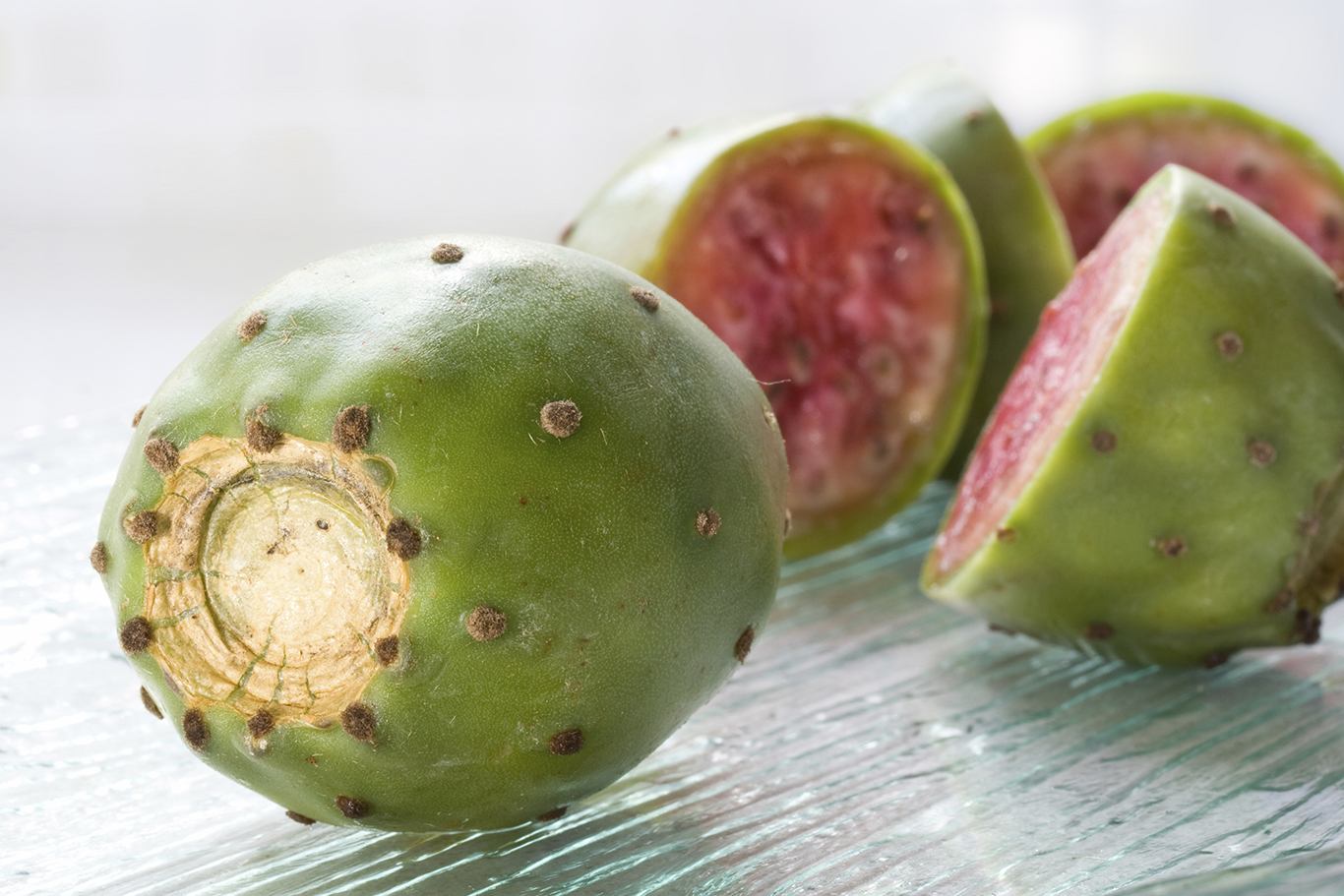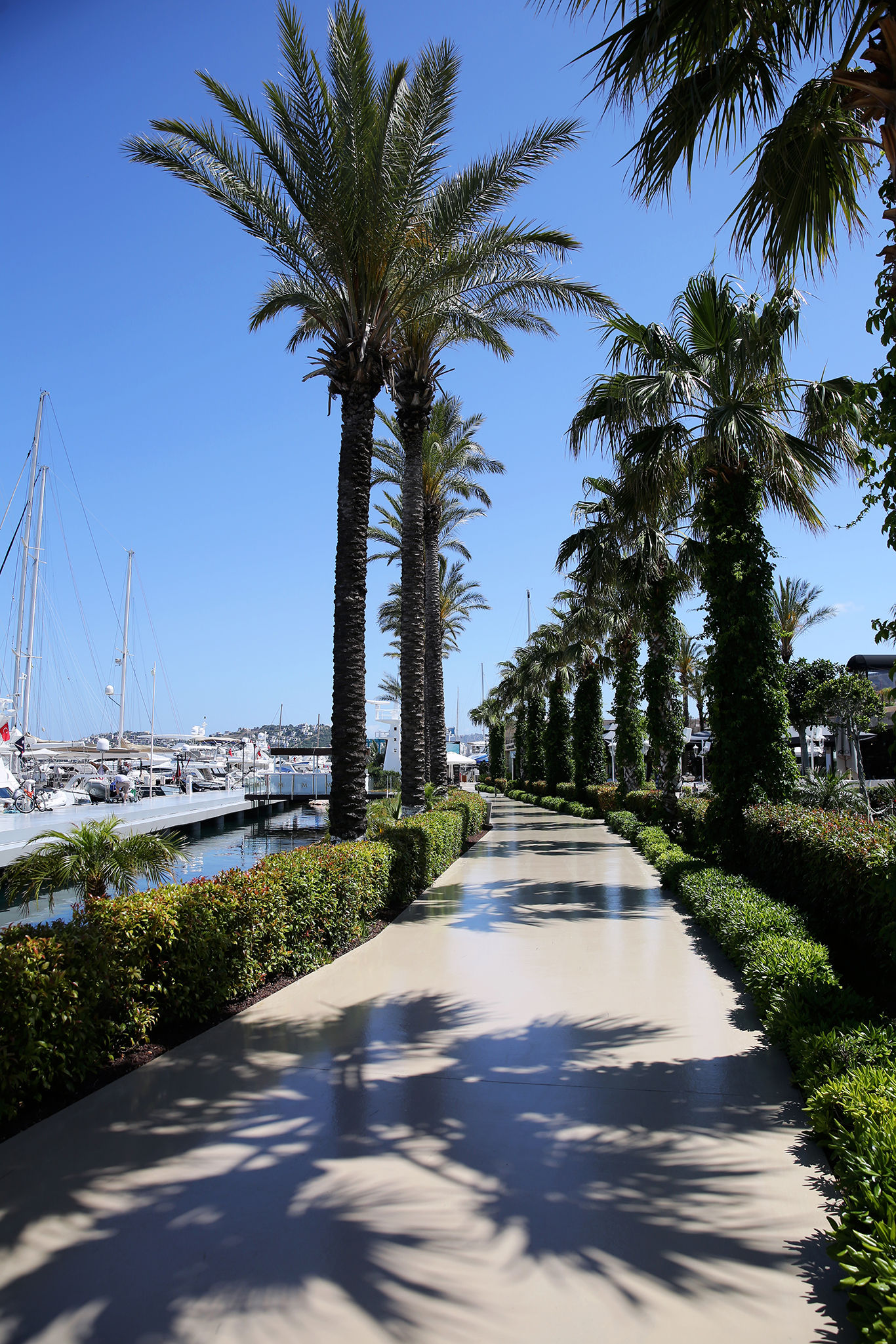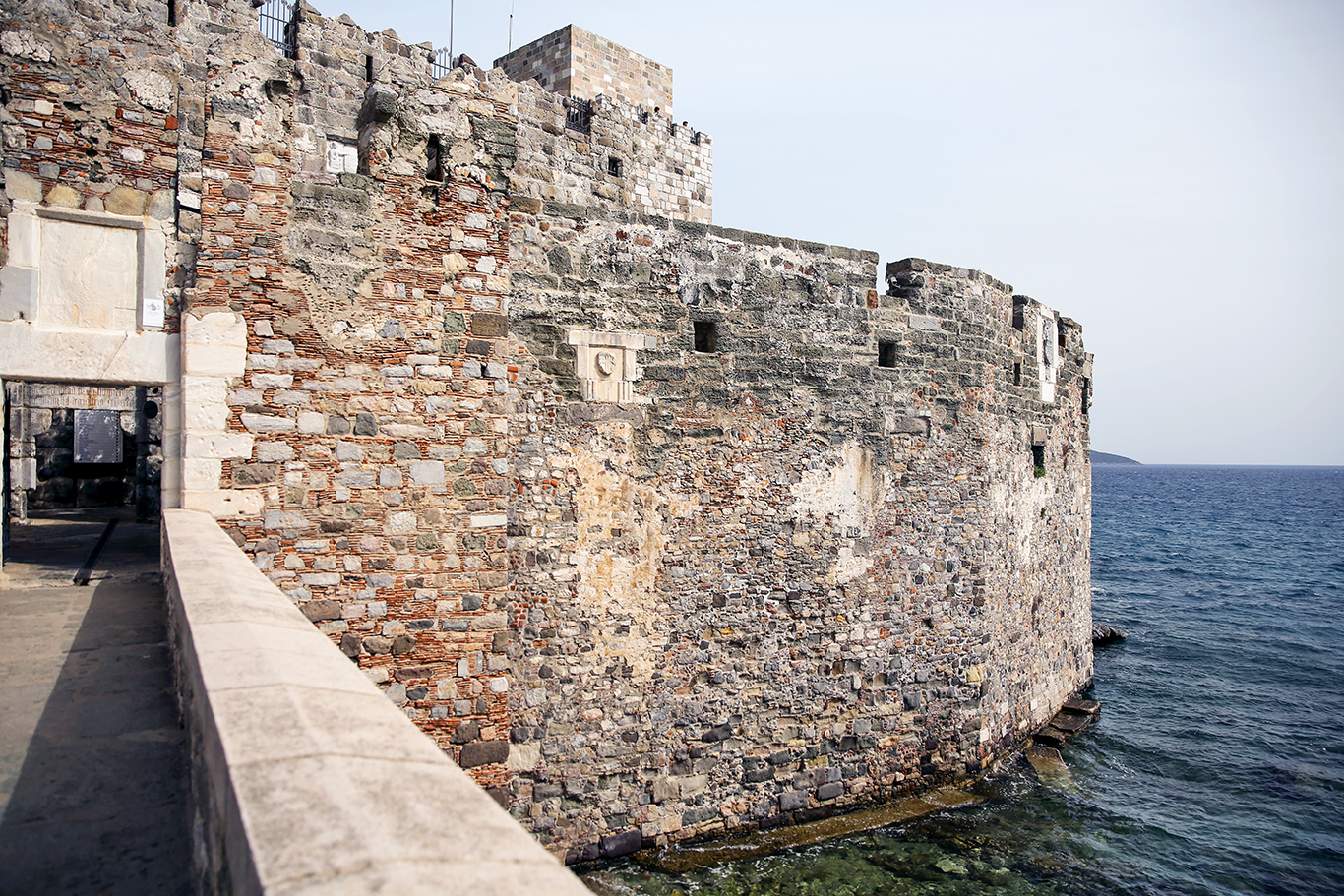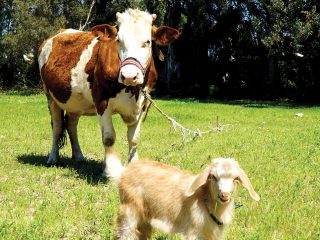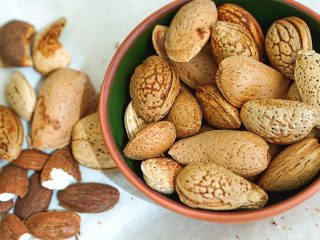If you see a thick, succulent plant covered in spines and crowned with bright pink fruit, it’s probably a prickly pear. The plant thrives in the arid, rocky areas along the Turkish Aegean coast, where it can grow thickly enough to stop soil erosion, and some consider it a pest.
prickly pears come from the Opuntia genus of cactii, of which there are more than 200 varieties in the world, all edible. Prickly pear in Turkish, Mısır inciri, translates to “fig of Egypt,” but the name has little to do with the fruit’s origin. Opuntia are more likely native to Mexico, thought to have spread to Turkey and the Mediterranean region when they were transported on ships to prevent scurvy in the passengers during the journey.
You can’t deny that the plant is incredibly nutritious. A great source of vitamin C, calcium, magnesium, and dietary fiber, researchers even believe prickly pear extract can help reduce the effects of a hangover by preventing inflammation in the liver – the root of headaches, nausea, and other symptoms.
The plant also has many other uses. The juice of its stem is very sticky and can be added to plaster to make it adhere better to walls. The gel inside the pads is said to soothe skin, much like aloe vera. The flesh of the pads has been found to purify water and its spines were once used as phonograph needles.
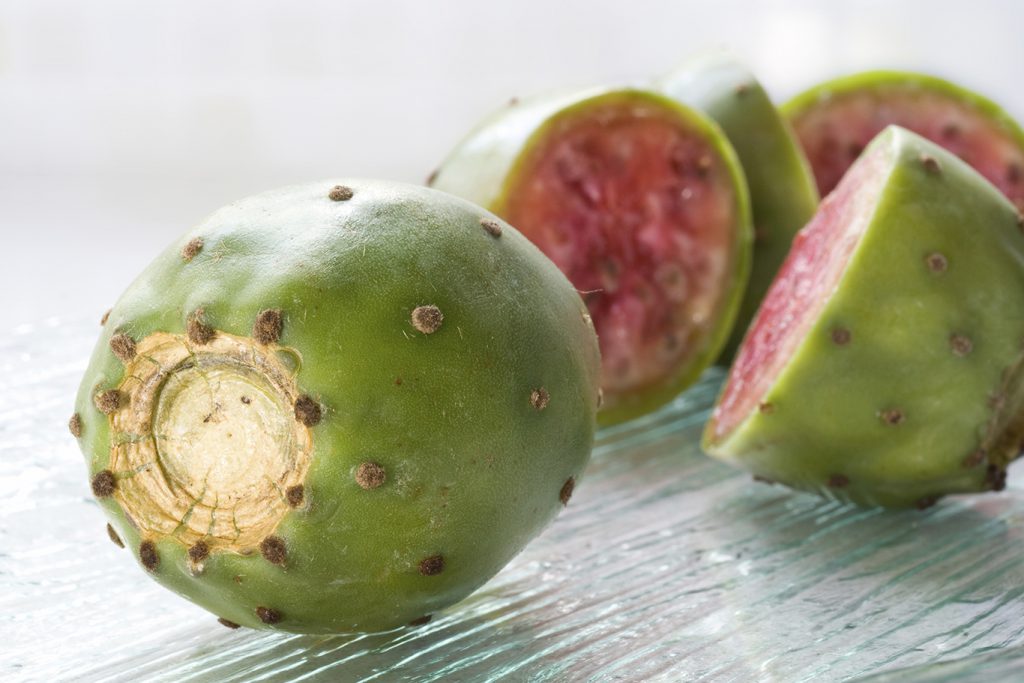
When preparing prickly pear, it’s not the big, aggressive looking spikes that cause the biggest problem, but the stinging, hair-like glochids that cover the fruit. They can be burnt off easily though, while the bigger spikes one cut off with a knife.
Once needles have been removed, the fruit of prickly pear – which tastes like a cross between a watermelon and a fig – can be eaten raw, cooked, or dried. In Turkey, the fruit is mainly eaten raw, or is made into jam. The pads of the plant are often cooked similarly to okra, and its flowers are also edible, used fresh in salads.
To peel a prickly pear fruit, slice off both ends and make an incision through its skin lengthways. Then slide your finger under the skin and peel it off like a jacket. The flesh will be dotted with dark seeds that are edible but extremely hard, so watch your teeth!
If dealing with spikes seems daunting, make a quick syrup using the fruit whole instead. Simply cover the fruits with water, bring to a boil, and let steep for 30 minutes. Then mash the fruit with a potato masher or fork, and press the mix through a fine sieve. To ensure you get rid of all the seed and spines, strain again through a thin cheesecloth. Once you are down to just liquid, add an equal volume of fine sugar and bring to a simmer to thicken into sweet syrup.
Once the liquid has boiled down, turn off the heat and add citric acid to balance sweetness and preserve color. In Turkey, citric acid is often called limon tozu (lemon dust). The result is an almost fluorescent magenta syrup. You can then add it to drinks, salad dressing, or whatever else you can dream up.
Check out the Bodrum food pazar (market) on Thursday or Friday if you’re keen to purchase the fruit. The pazar is easy to find and one of the biggest on the aegean coast. Just head to the dolmuş (minibus) station in the center of town, and the covered pazar is on the north side of the station.


